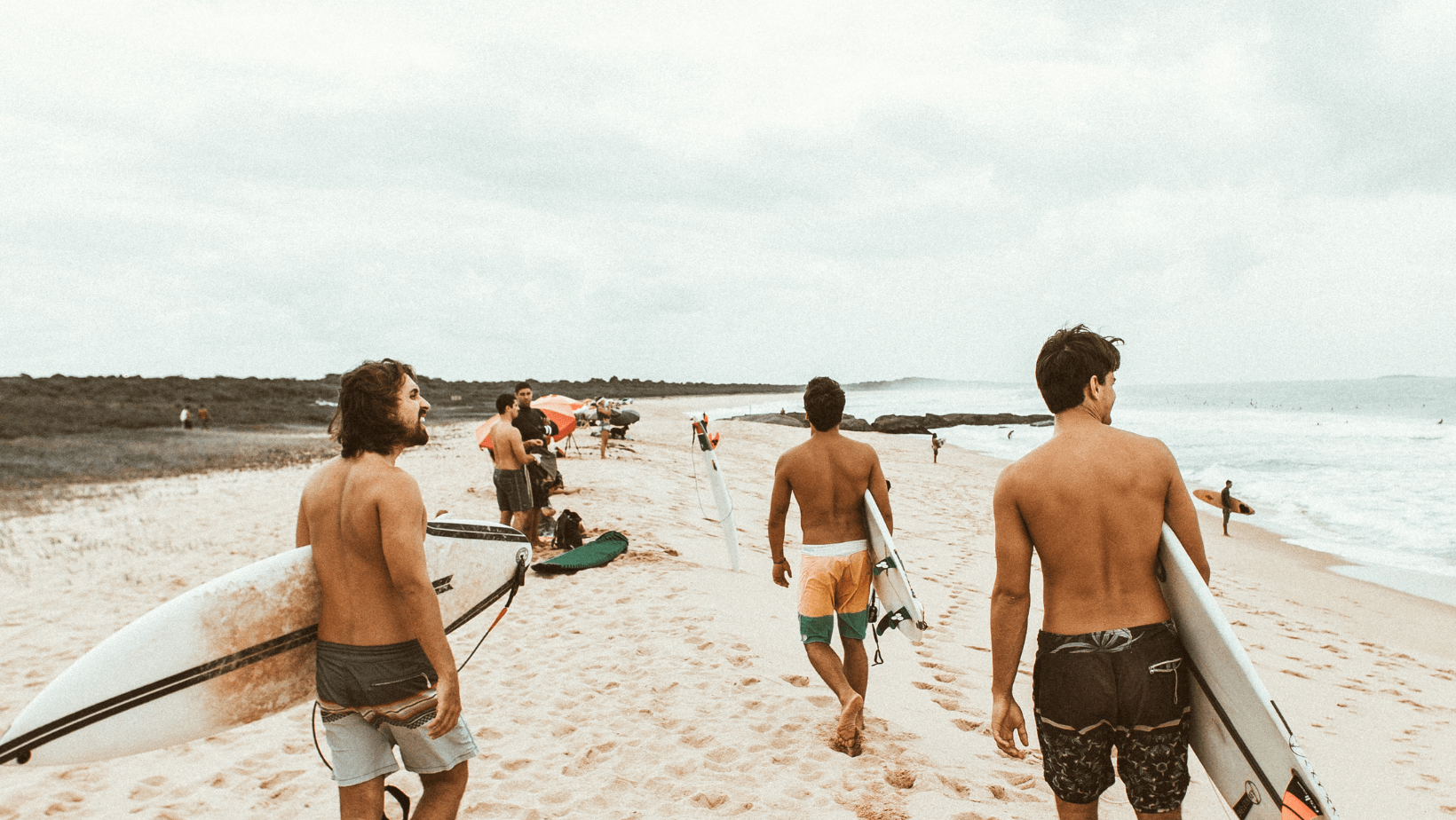%20(1).png)
Outdoor sports are having a moment. From early morning runs to city padel clubs and modern golf venues, the outdoors has become a lifestyle. It’s about connection, wellness, and belonging as much as it is about performance.
Surfing sits right at the centre of this shift. Camps, wave pools, and retreats are welcoming new participants every year, while surf culture continues to influence fashion, travel, and media worldwide. By looking at how other outdoor sports have scaled their communities and redefined participation, surf can learn how to reach more people and grow stronger within this booming industry.
Running used to be a solo pursuit. You laced up, ran your route, and that was it. Then platforms like Strava, Nike Run Club, and Adidas Running changed everything. They made running social. Suddenly, people were tracking progress, joining global challenges, and connecting with runners across continents.
Community became the fuel for growth. Clubs and ambassador programmes added real-world layers to the digital networks, turning a simple activity into a shared lifestyle.
Surfing shares that same DNA. Paddling out is a personal act, but it already comes with a built-in sense of tribe. Camps, schools, and wave pools are the local hubs of that community. The opportunity now is to connect those experiences more widely, add digital layers of progression, and create shared milestones that surfers can celebrate together.
Lesson for surf businesses: Build community beyond the beach. Create ways for guests and students to stay connected between sessions, through shared challenges, tracking tools, or online spaces that keep the stoke alive.

Padel has exploded across Europe, and its success is easy to understand. It’s fun from day one, quick to learn, and social by design. Courts have appeared in cities everywhere, breaking down the barriers that once kept racket sports limited to clubs or resorts.
Surf can draw real inspiration from that. Wave pools are doing for surfing what padel courts did for tennis: they make participation possible in new places, for new audiences. Beginner-friendly schools and retreats offer the same entry point, allowing people to experience surfing without needing years of ocean experience or ideal conditions.
Accessibility doesn’t dilute culture. It expands it. Padel didn’t take away from tennis; it created a new entry that grew the whole ecosystem. Surf pools, camps, and schools are playing that same role now, helping more people start their journey and discover the lifestyle that surrounds it.
Lesson for surf businesses: Make it easy to join in. Remove the intimidation factor, simplify the first step, and focus on experiences that welcome beginners while still inspiring them to keep progressing.

Golf’s comeback is one of the most surprising stories in sport. Once viewed as traditional and exclusive, it’s now attracting younger audiences through reinvention.
Booking apps simplified access. Concepts like TopGolf reframed the sport as a social night out. Apparel brands brought golf into streetwear, turning a niche pastime into a broader cultural statement. Golf evolved: Its traditions remained, but its meaning expanded.
Surfing has always had cultural appeal, but golf shows how a sport can widen its audience by blending lifestyle with experience. Surf-inspired venues, brand collaborations, and festivals like the Quiksilver Festival are already doing this. There’s plenty of room to go further.
Lesson for surf businesses: Treat your brand like a lifestyle, not just a service. People might come for the waves, but they stay for the atmosphere, music, design, and social moments that surround them.
The rise of outdoor culture comes from a mix of wellness, connection to nature, and the power of shared experiences. Running apps turned individual progress into global stories. Surf is beginning to follow the same path.
Technology is helping surfers capture, compare, and share what once went unseen.
The Rip Curl Search GPS3 watch tracks wave count, paddle distance, and top speed, pairing with an app that lets surfers replay sessions, join leaderboards, and share highlights with friends. It turns a private surf into something social and measurable.
Surfline is going even further with AI-powered Smart Cams that analyse footage to detect wave height, crowd size, and ride data. Surfers can review sessions through features like Wave Timeline and Smart Clips, turning surf footage into personalised analytics.
These innovations give surfers something running and cycling have long enjoyed: visibility. They make each session a story, and every wave a moment to share.
Lesson for surf businesses: Use tech to strengthen connection. Whether through video, tracking, or storytelling, give your community ways to see progress and celebrate it together.

The outdoor industry in 2025 is defined by experiences that connect people with nature, deliver wellness, and create a sense of belonging. Surfing already lives at this intersection, and its evolution shows how closely it mirrors the wider outdoor movement.
Surf retreats and travel operators are increasingly framing surfing as more than a sport, pairing it with yoga, mindfulness, and cultural exploration. On the product side, eco-innovation has shifted from a niche to a necessity, with boards, wetsuits, and apparel reflecting the same sustainability standards driving growth across the outdoor sector. And with the rise of wave pools, surfing is finding new ways to be accessible and social, building communities in places far from the coast.
Surfing doesn’t need reinvention to thrive. It already embodies the values driving outdoor growth. By amplifying those strengths and adopting proven strategies from other sports, surfing can expand its role in the outdoor boom and sustain growth well into the next decade. The wave of opportunity is here, and surfing is perfectly placed to ride it.